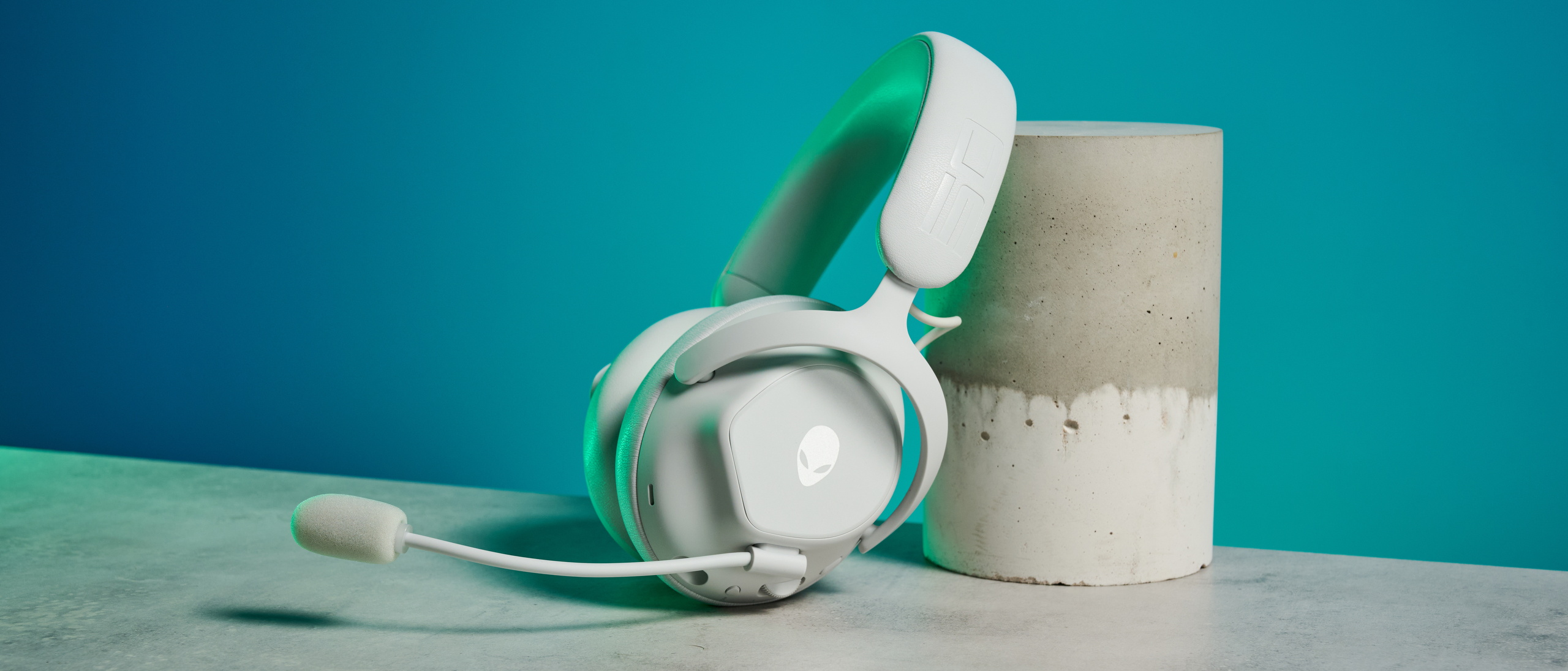Leesa Studio mattress hands-on review: the perfect budget Tempur alternative
The Leesa Studio mattress is a lower mid-range, all foam mattress that's surprisingly close to a certain, much pricer luxury brand
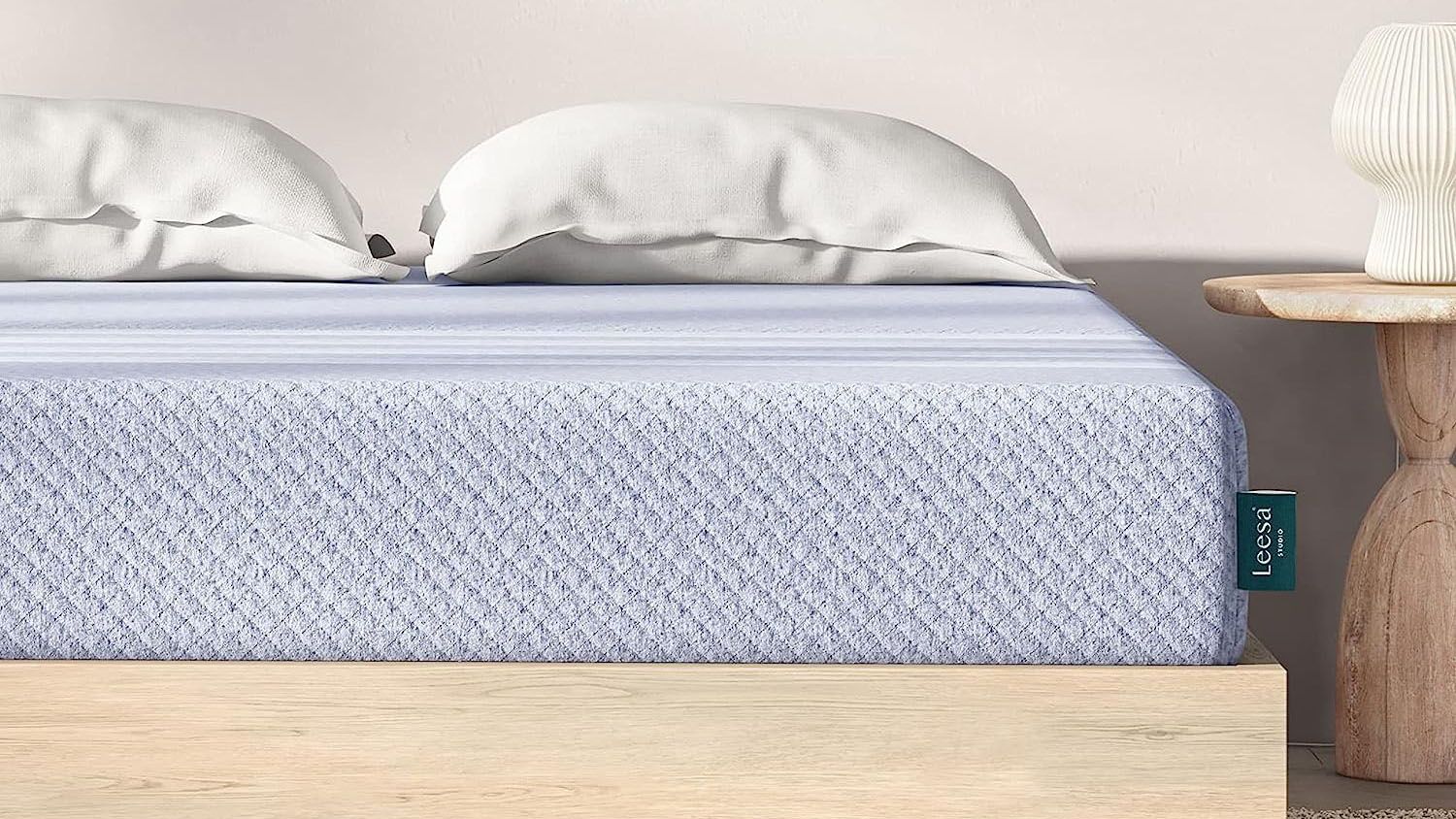
The most basic and affordable of the Phoenix-based bed brand's range, the Leesa Studio is an all-foam mattress with a medium-firm sleep feel and a lower mid-range price tag. We had a chance to check it out on a trip to the Leesa showroom and factory. While we couldn't sleep on it, we were able to inspect it, lie down on it, and run our usual tests to assess pressure relief, motion transfer, and edge support for this hands-on review.
Type: All foam
Firmness (1-10): 7-8 (medium-firm)
Height: 10 inches
Trial period: 100 nights
Warranty: 10 years
MSRP: $549-$999
Price bracket: Lower mid-range
Materials: Memory foam, other foams
We came to the conclusion that this is one of the best memory foam mattresses around, and would make a great budget alternative to a Tempur-Pedic mattress, as it has a similar, ultra-slow moving, soothing foam.
The Studio is the cheapest model in the Leesa lineup, and a pared-back version of this brand's all-foam flagship model, which you can read about in our Leesa Original mattress review. Elsewhere in the range, you'll find a selection of hybrids, which include springs and foam (our Leesa Sapira mattress review covers one of those).
So is the Leesa Studio worth buying? And how might it compare to the rest of today's best mattress models? Let's take a look.
Should I buy the Leesa Studio mattress?
You'll find an in-depth look at the Leesa Studio below, including the results to all our tests and a look at how it compares to the rest of the range. But if you just want the short version, here's who we would, and would not, recommend this mattress to:
Buy it if...
✅ You're looking for a budget Tempur alternative: The foams used in the Studio are ultra-slow moving with absolutely no bounce, and reminded us of the sink-in feel that Tempur-Pedic mattresses are known for. At around a quarter of the price of the cheapest Tempur model, this would make a great dupe for those on a budget.
✅ You share a bed: There was almost no motion transfer on the Leesa Studio, making it a great choice for those who share a bed with someone on a different sleep schedule, or anyone who's prone to tossing and turning at night.
Get instant access to breaking news, the hottest reviews, great deals and helpful tips.
✅ You sleep on your back or stomach: The Studio has a medium-firm sleep feel that distributes the sleeper's weight evenly when lying down, and should suit most back and stomach sleepers. It may also be comfortable for side sleeping, although some will prefer a softer feel for this.
Don't buy it if...
❌ You want to be able to change position easily: Due to those very slow-moving foams, it's not particularly easy to move around on the Leesa Studio. If you have any kind of mobility problems, you might get on better with something more responsive. Consider the Nectar mattress or a hybrid like the Helix Dusk, which uses a bouncy foam rather than sink-in memory foam.
❌ You sleep hot: While it's very difficult to accurately assess temperature regulation without spending some time sleeping on a mattress, as a rule all-foam mattresses like this one tend to sleep warmer than anything with springs. Those who struggle with sleeping hot should approach with caution.
Leesa Studio mattress: Price
At MSRP, the Leesa Studio sits in the lower mid-range price bracket, and regular deals shift it lower down that bracket. It's slightly too expensive to be be included in our best cheap mattress ranking – those all come in at $500 or under for a queen, this costs closer to $800 – but it still undercuts most bed brands.
The brand's usual mattress sale offers different discounts depending on which model you opt for. Bigger price-drops reserved for pricier models, but the Studio will often have $50 off.
Here's a look at the list prices for each size of the Leesa Studio mattress, and how much you can expect to actually pay:
- Twin size: MSRP $549 (usually on sale for $529)
- Full size: MSRP $699 (usually on sale for $649)
- Queen size: MSRP $799 (usually on sale for $749)
- King size: MSRP $999 (usually on sale for $949)
How does it compare to other memory foam beds? It's around a quarter of the price of the cheapest Tempur mattress (head to our Tempur-Adapt mattress review for a look at what you'll get for the extra investment). In the same lower-mid price bracket, but both slightly cheaper, are the Nectar Original and the Cocoon Chill.
If you're hoping for a bigger discount, and it coincides with when you want to buy, some brands offer lower prices around major holidays. The Black Friday mattress deals are typically a good bet, but you'll also find some good deals in the Memorial Day mattress sales or Presidents' Day mattress sales.
Leesa Studio mattress: Design
The Leesa Studio is a 10-inch tall mattress that's made to order in the US, and comprises various layers of different foams, all of which are CertiPUR-US certified. 10 inches is about the minimum depth we'd recommend for an average-weight adult, and naturally won't feel quite as luxurious as a chunkier model, but should still work perfectly well for most people.
At the top of the mattress you'll find a knit cover, featuring Leesa's signature gray-blue stripe design. This is followed by a memory foam tier, a layer of 'comfort foam' designed to be cooling, and a thick, sturdy base foam layer. (Here's a quick guide to the different mattress foams, if you're not sure what these terms mean.)
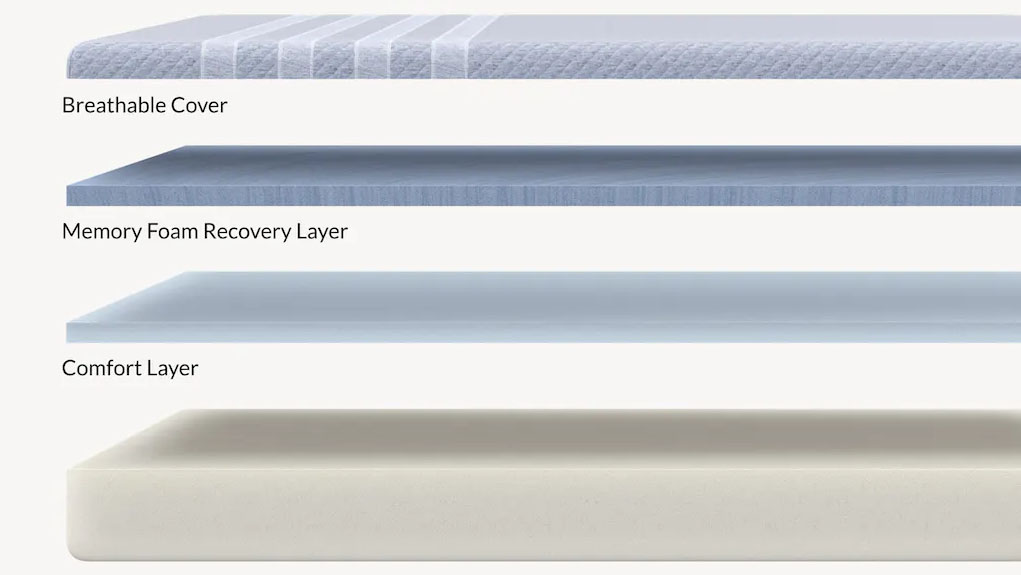
The patterned, colored covers are uses across the full Leesa lineup, and give the brand a distinctive look. We're quite into this touch of design flair, although it will mean you probably won't be able to use white sheets.
Although it does vary by brand, as a rule, all-foam mattresses tend to sleep slightly warmer than anything with innersprings, due to the denser structure. The best hybrid mattresses often sleep cooler, because the coil layer provides space for air to circulate within the mattress. We haven't discussed temperature regulation in this hands-on review because it's not possible to accurately assess it in a warehouse scenario.
Leesa Studio mattress: Comfort & support
- Medium-firm sleep feel (perhaps a 7.5-8 out of 10)
- Slow-moving, sink in feel with no bounce
- Supportive for stomach / back sleepers, too firm for some side sleepers
The Leesa Studio has a very classic memory foam feel. The sleep surface is very slow-moving, which means when you remove pressure, it takes a few seconds to shift back into its original shape. There's no bounce at all, and there's a slightly quicksand feel that reminds us of Tempur's foams.
Some sleepers find this kind of mattress ultra-soothing, and it can promote a more restful night's sleep if you're prone to wriggling around at night. However, it also means it's difficult to change position on (and that's from the perspective of two relatively fit journalists in their late 20s / early 30s). If you have any kind of mobility issues, you might struggle to get in and out of bed, and should opt for something more responsive. This kind of slow-moving sleep surface is also not ideal for sex.
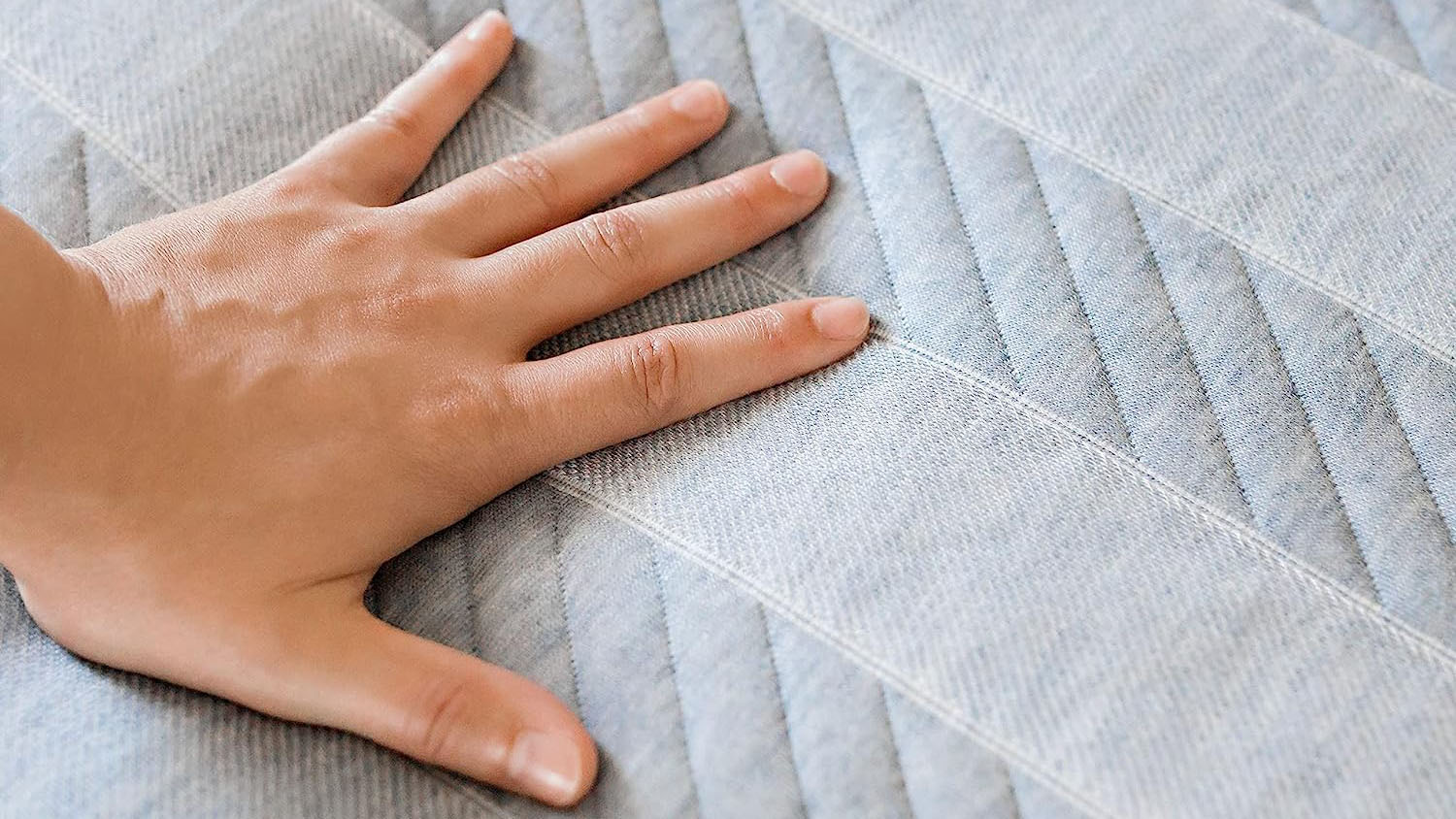
Mattress softness is a very subjective thing, and Leesa's way of dealing with that is to base its firmness ratings on customer reviews. The Studio has what looks like a 7-8 out of 10 on the firmness scale. That's apparently based on over 20,000 reviews, although we're not sure where the brand has got all of its data from, because at time of writing this model only had 36 reviews on the Leesa website.
The sleep feel is uniform (rather than having a plush top layer and a firmer tier beneath it) and firmer than you'd expect. When we placed a 15lb weight in the middle of the mattress, it sank 2 inches, which puts it in the medium-firm bracket, tallying with Leesa's assessment.
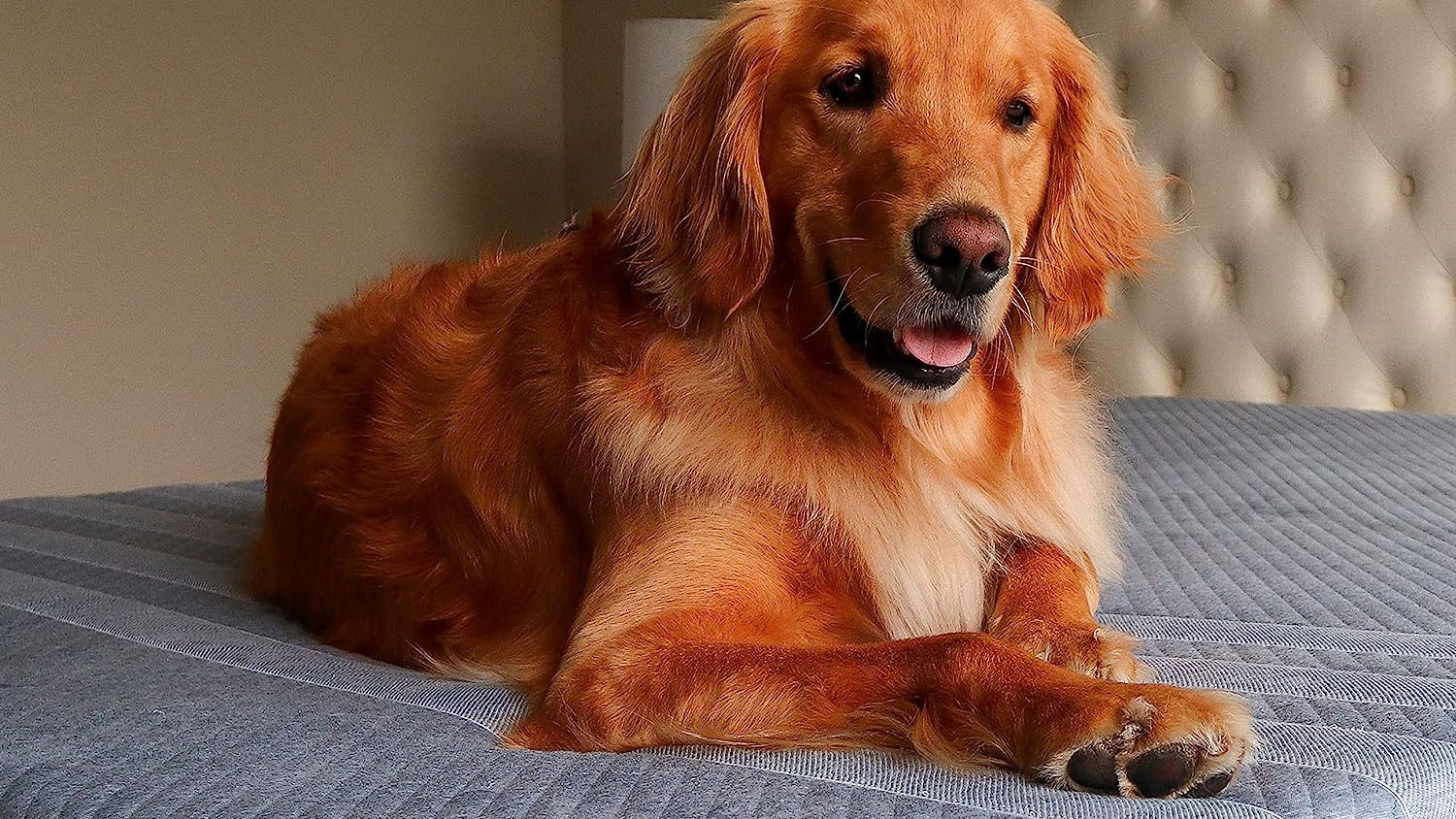
While you should definitely factor in personal preference, there are some general rules to follow when picking a mattress, if you want to ensure your back is properly supported. Stomach or back sleepers need a medium-firm or firm mattress, while the best mattress for side sleepers is one that's medium to medium-firm. This is because when you sleep on your stomach or sleep on your back, you need a bit of extra support to stop your pelvis dropping too low and holding your spine in an unnatural position, whereas when you lie on your side, you need a bit of extra give around the shoulders and hips to prevent pressure from building up in these areas.
Further to that, heavier people should lean towards a firmer sleep feel, while lightweight people should look for something on the softer side.
Based on this, the Studio could potentially suit a wide range of people with different body types and sleep position preferences. It's a strong recommendation for back or stomach sleepers. When you lie on the mattress, it distributes your weight nicely, providing even support across the full body. Some side sleepers might prefer a softer sleep surface, but there's enough give in the top layer so as not to rule out side sleeping entirely.
Leesa Studio mattress: Motion isolation
- Some of the best motion isolation we've experienced
Motion isolation refers to how well the mattress absorbs movements within the bed. This is key if you share a bed and don't want to be disturbed by your partner's movements. If you're a restless sleeper who's prone to tossing and turning, a mattress with strong motion isolation can also help provide a more restful night's sleep.
To test the motion transfer levels on the Leesa Studio mattress, we placed an empty wine glass on the sleep surface, then dropped a 15lb weight at distances of 4, 10 and 25 inches away from it. There was barely any movement at the furthest distance, and the glass wobbled at the closer two distances, which is a strong result for motion isolation.
We also asked a fellow sleep writer to mimic a real-world scenario by lying on the mattress next to us, changing position and climbing in and out of bed. We agreed the motion isolation was some of the best we'd experienced – we could barely feel each other's movements.
Leesa Studio mattress: Edge support
- Acceptable but not outstanding edge support
A mattress with weak edge support will sink around the perimeter, meaning if you lie or sit near the edges, you might feel in danger of rolling off.
We placed our 15lb weight on the side and end edges of the mattress and recorded how far it sank in. The sinkage on the edges of the mattress was around 2.1 inches, just slightly more than the sinkage in the centre (2 inches). Usually, we'd look for the same amount of sinkage in the centre and edges (on a firmer mattress) or less sinkage on the edges (on a medium or soft mattress). So this isn't quite an ideal result, but it's still pretty good.
Although the Studio distributes bodyweight evenly when lying down, the concentrated pressure means you sink it much further when sitting on it. So while the edges might hold up when lying close to the edge of the Studio, there are other mattresses that are more comfortable to sit on the edges of. Overall, we'd say the Leesa Studio has acceptable but not outstanding edge support.
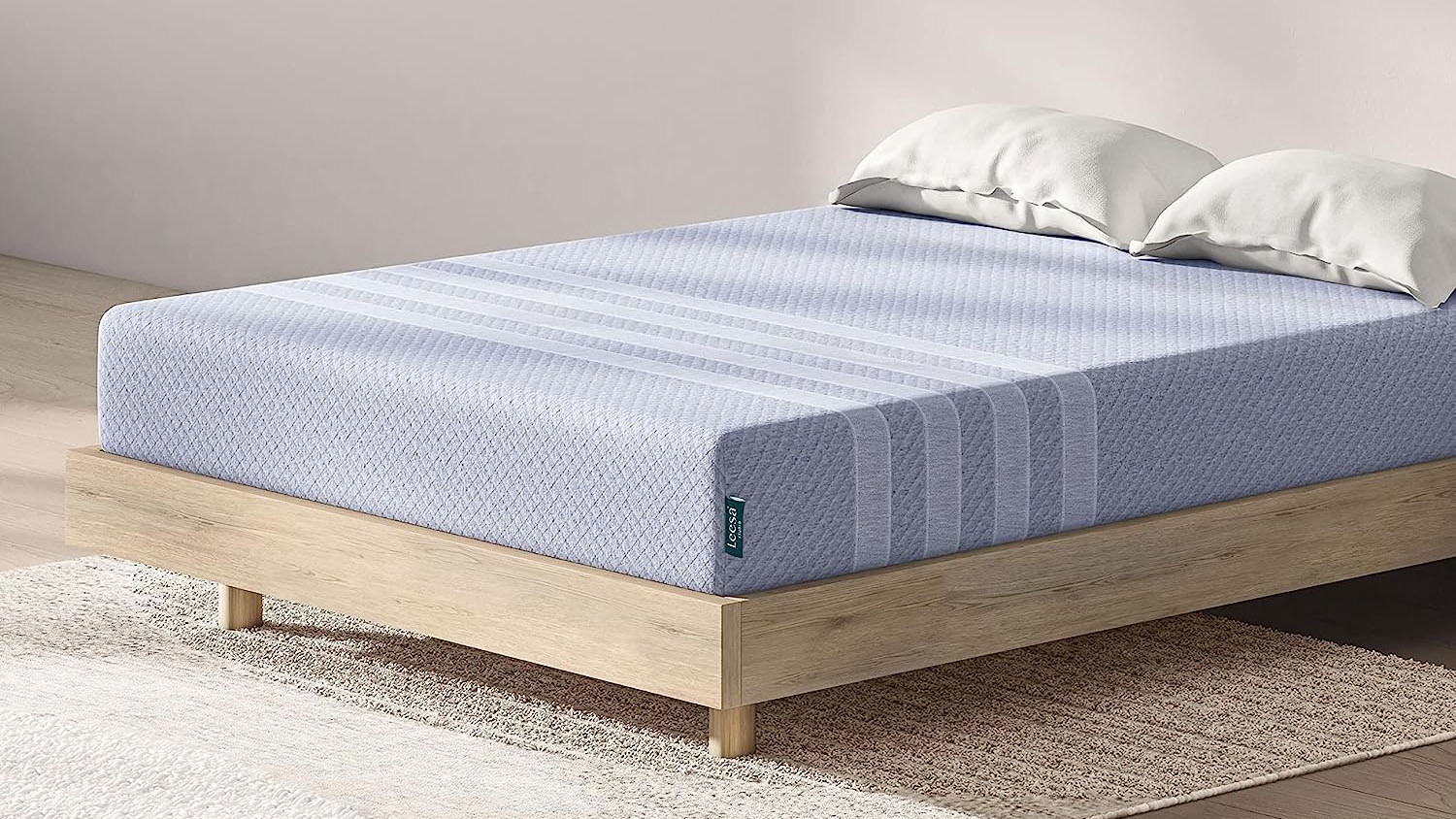
Leesa Studio mattress: Delivery & extras
All of Leesa's mattresses comes with a 100-night sleep trial. That's about the minimum trial length you'll get from any major bed brand, but fine for the price you're paying here. A number of other bed brands give you 200 nights, and a few generous companies offer a full year, but 100 nights should still be long enough time to get a good feel for the mattress and if it's going to work for you.
As with all the best bed in a box mattresses, the Studio comes vacuum packed and rolled into a (relatively) maneuverable box. Because these beds are made to order, shipping is slightly longer than with some other brands. Delivery is free to your doorstep, or you can pay for in-home setup. The warranty is 10 years (realistically, you should be replacing your mattress every 7-10 years anyway).
How does the Studio compare to the rest of the Leesa range?
While at the Leesa showroom, we had a chance to compare and contrast the Studio with other mattresses in the Leesa range, as well as with models from brands under the same parent company (Leesa is part of the 3Z Brands family, which includes the likes of Helix, Brooklyn Bedding and Nolah).
At time of writing, the only other all-foam mattress in the Leesa lineup is the Original, which is slightly pricier. It's the same height (10 inches) as the Studio, and has a similar slow-moving feel, but is slightly more responsive. It's also softer overall (offering a medium rather than medium-firm sleep feel), with much poorer edge support (we struggled to get our weight to even stay on the edges of the Original to get a measurement). Motion isolation on the Original isn't quite as impressive as on the Studio, but it's still very good. We have a full Leesa Original review that's worth consulting if you're thinking of upgrading to that option.
The bestseller in the Leesa lineup is the Sapira, a premium-priced hybrid with springs as well as memory foam. In our tests we found this model softer than both the Studio and the Original, sitting in the medium-plush bracket. (The official Leesa take is that it's medium / medium firm though.) There's still a slight sink-in feel but also a little bounce, and overall it's more responsive and easier to move around on than either of the all-foam models. In line with the other two Leesa models, edge support isn't great but motion isolation is excellent.
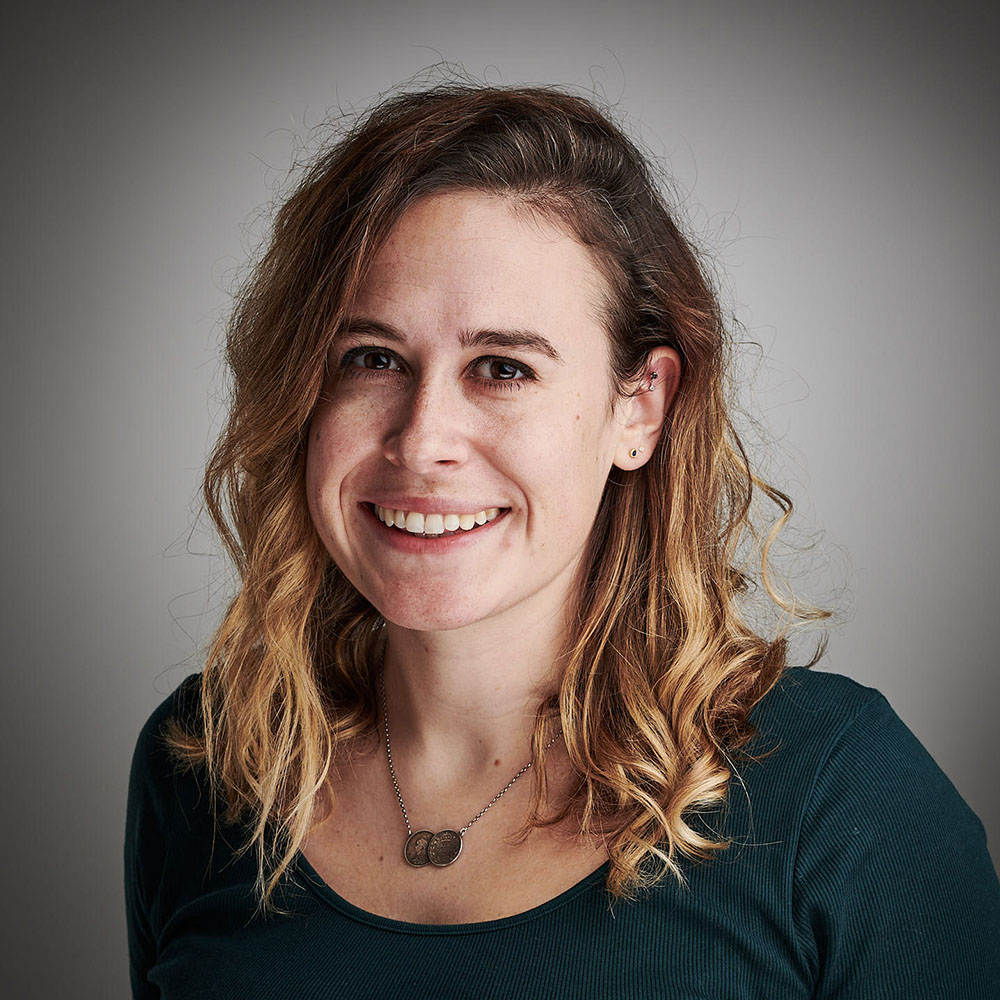
Ruth is currently Homes Editor on Tom's Guide's sister site TechRadar, where she reviews and writes about everything from air fryers to vacuum cleaners to coffee machines, as well as the latest smart home gadgets. Prior to making the shift to Homes, Ruth was Tom's Guide's Sleep Editor. A certified Sleep Science Coach, she has tested more mattresses than her small flat can handle and will talk at length about them to anyone who shows even a passing interest.
